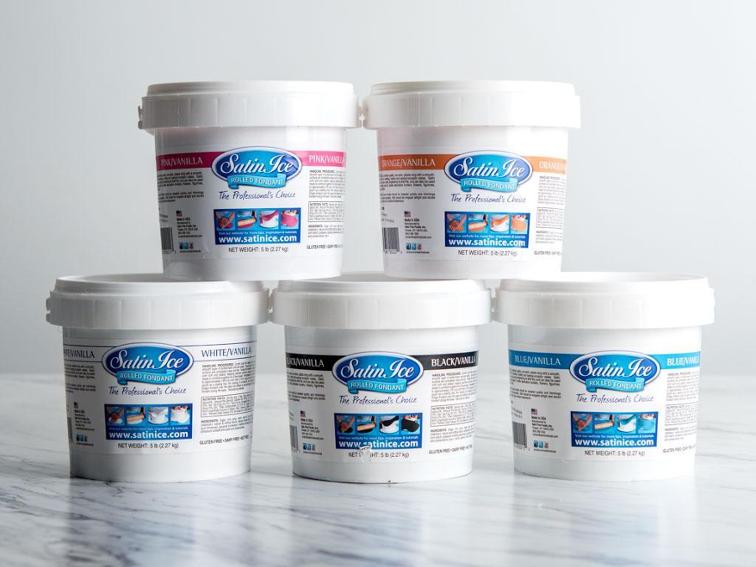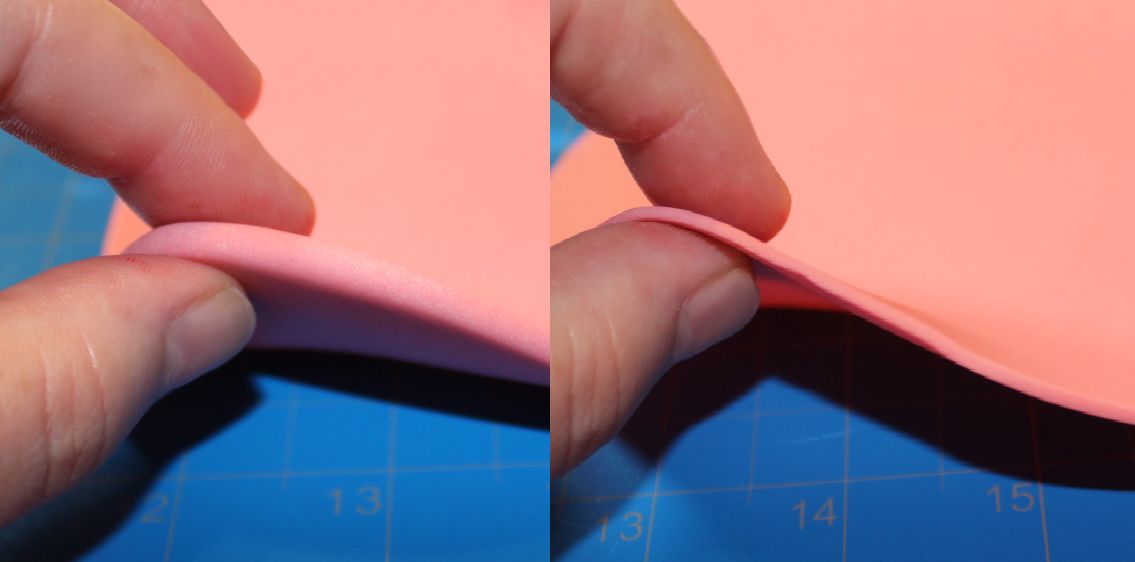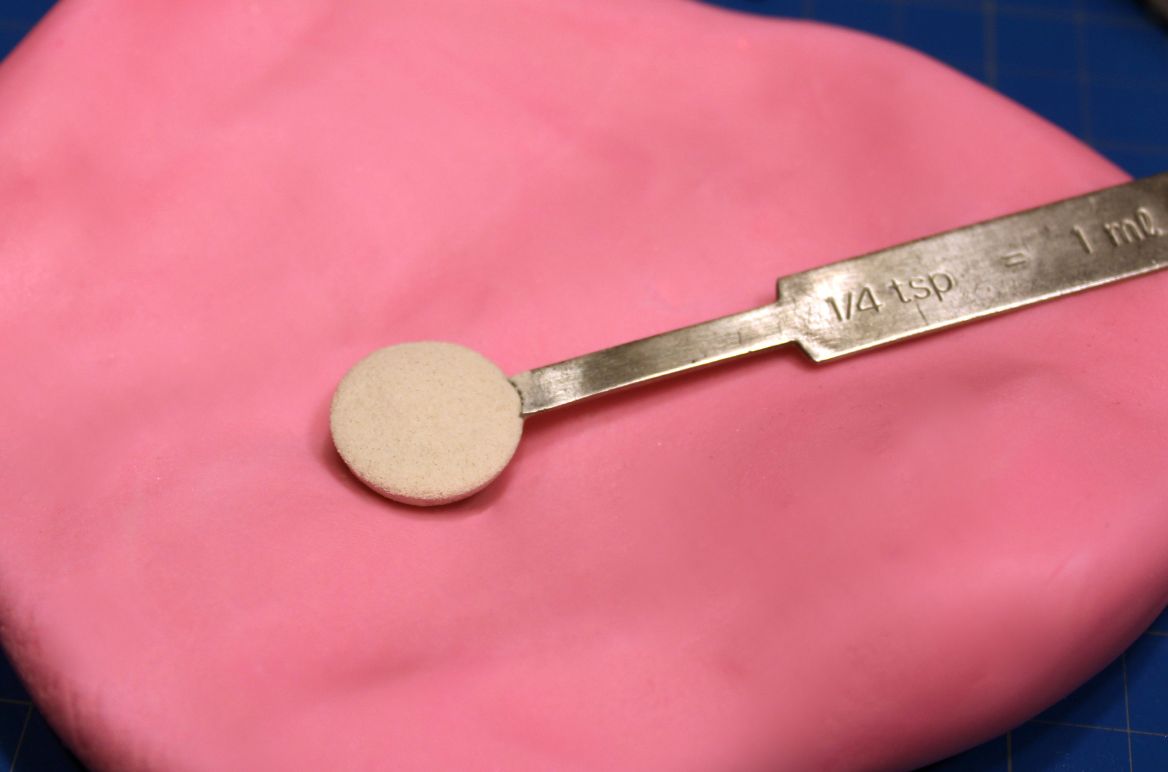If you’ve seen some of the elaborate fondant cakes out there, you’ve likely been impressed — and if you’re a cake decorating novice, you might have even felt a bit overwhelmed!
Fondant doesn’t have to be intimidating. For those new to fondant who don’t know where to start, here are some need-to-know pointers to learn before you get started.
1. The brand you use matters

There are dozens of brands of pre-made fondant, and every brand offers a variety of colors, flavors, textures, and elasticities. Not only do different brands taste different and feel different, but certain brands actually work better for different specific tasks.
There’s no right or wrong here, but it IS worth the time to find the brand that just feels best in your hands — and that means some trial-and-error. So buy in small quantities at first, then get down and dirty with a few different types until you fall in fondant love.
An alternative to pre-made fondant is homemade fondant. It requires just a bit more labor than tearing open a package, but the homemade version is actually quite simple and inexpensive to make. Homemade fondants are typically made with very few ingredients and often have a light, pleasant cotton candy-like taste.
2. Set up your work space for success
Once you’ve selected your fondant of choice, prepare a clean working area. Stainless steel makes a perfect work surface for fondant, but virtually any hard, flat surface will work with the aid of a fondant mat, a self-healing mat or even a simple Silpat mat.
Rub your work station with a small ball of fondant (you’ll dispose of this piece) to eliminate any lint or dust particles. Grease your hands generously with vegetable shortening (or something similar) and knead your fondant until it’s warm, soft, and pliable. You should be able to pinch a bit and roll it into a ball using your palms without seeing any cracks.
You only want to work with the fondant you need for a particular task. Keep the rest bagged or in an air-tight container to prevent it from drying out.
3. Try different thicknesses

The thickness you should use to cover a cake is a much-debated issue.
Most people use between 1/4” – 1/8” of rolled fondant, but typically you want to go as thin as possible without sacrificing elasticity.
Though you don’t want a thick layer of fondant covering your cake, you also don’t want your fondant to tear as you work with it. Practice makes perfect when it comes to covering cakes with fondant.
A great resource for learning how to perfectly cover a cake is the Craftsy class Clean & Simple Cake Design with Jessica Harris.
Even when using fondant for accent pieces, the thickness is a consideration. If you’re making cut-out designs for a cake (such as flowers, stripes, polka dots, etc.), you want your fondant to be no more than 1/8” in thickness. Some specific designs might call for a thicker piece of fondant, but 1/8” (or thinner) is standard and will prevent your finished cake from looking bulky.
4. You can strengthen your fondant

If you want to add strength to your fondant so that it will dry hard, add Tylose powder (a food-safe hardening agent) while your fondant is soft and warm. Knead about ¼ teaspoon into a golf ball-sized piece of fondant and continue working. Items laid to dry will begin to harden within a few hours and will be completely hard in a few days. Don’t add Tylose to your fondant too soon, though, or it will become difficult to work with as it hardens and dries out.
5. Keep those edges sharp

When cutting fondant with cutters, it’s important that you consider the edges. When cutting against your work surface, push hard, and slide the cutter just a bit from side to side (be careful not to move the fondant). If the fondant sticks to the cutter, rub your finger around the edge to ensure clean lines. If the cut fondant piece remains on your working surface after you cut it, pick it up and give the edges a gentle pat. Scraggly edges can prevent your end product from having a neat, clean finish.
Share tips, start a discussion or ask other students a question. If you have a question for an expert, please click here.
Already a member? Sign in
No Responses to “5 Things You Need to Know About Decorating With Fondant”